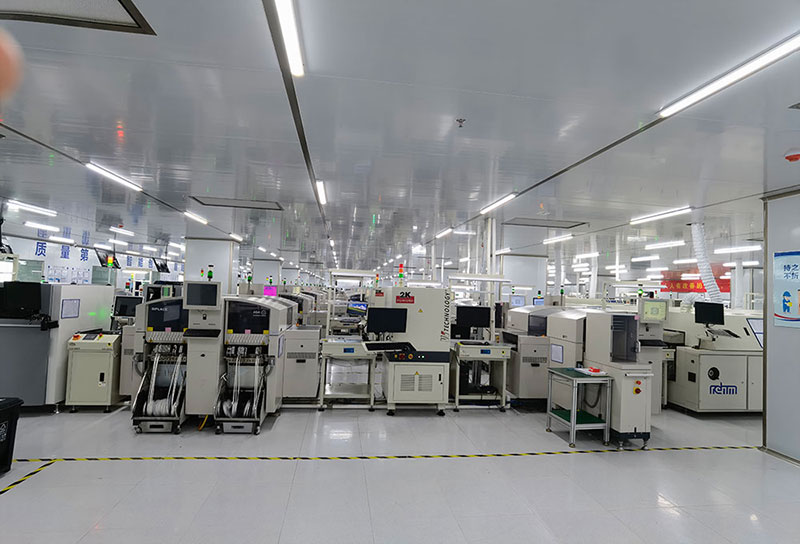The definition of pollutants is to reduce the chemical, physical or electrical performance of PCBA to the unqualified surface sediments, impurities, residue, and adsorptions. There are mainly the following aspects:
1. Components that constitute PCBA, PCB's own pollution or oxidation, etc., will bring PCBA plate pollution;
2. During the production process, PCBA needs to be welded with tin paste, solder, welded shreds, etc. during the welding process.

3. The handprints that will be generated during the hand -welding process. The welding process of the welding of the peak will produce some peak welding claw foot marks and welding tray (treatment ingredients) marks on its
. Plastic, residual glue, handwriting and flying dust of high temperature tape;
3. The dust of the workplace, the steam of water and solvent, smoke, tiny particles, and the contamination of charged particles caused by electrostatic attachment to PCBA. The above shows that pollutants are mainly derived from the assembly process, especially the welding process. During the welding process, because the metal will produce a thin layer of oxide when heating, this will hinder the infiltration of the welding, affect the formation of the welding point alloy, and prone to virtual welding and fake welding. The welding agent has the function of deoxidation. It can remove the oxide film of the pad and components to ensure the smooth progress of the welding process. Therefore, in the welding process, the welded agent is required. During the welding process, the formation of a sufficient plating pore fill rate plays a vital role in the formation of good welding joints. The role of aid welding in the welding is to remove the oxide on the surface of the PCB plate welding surface to achieve the necessary cleanliness on the metal surface, destroy the tinning tension of the tin melting, prevent the weld and welding surface oxidation again during welding, and increase its diffusion force, which will help heat the calories Pass to the welding area. The main ingredients of the welding are organic acids, resin and other ingredients. The process of high temperature and complex chemical reactions changes the structure of the residue of the welding agent. The residues are often metal salts produced by polymer, halide, and the same tin lead. They have strong adsorption performance, and they are extremely poorly dissolved and difficult to clean.
 Meizhou Ruiputuo Technology Co.,Ltd
Meizhou Ruiputuo Technology Co.,Ltd